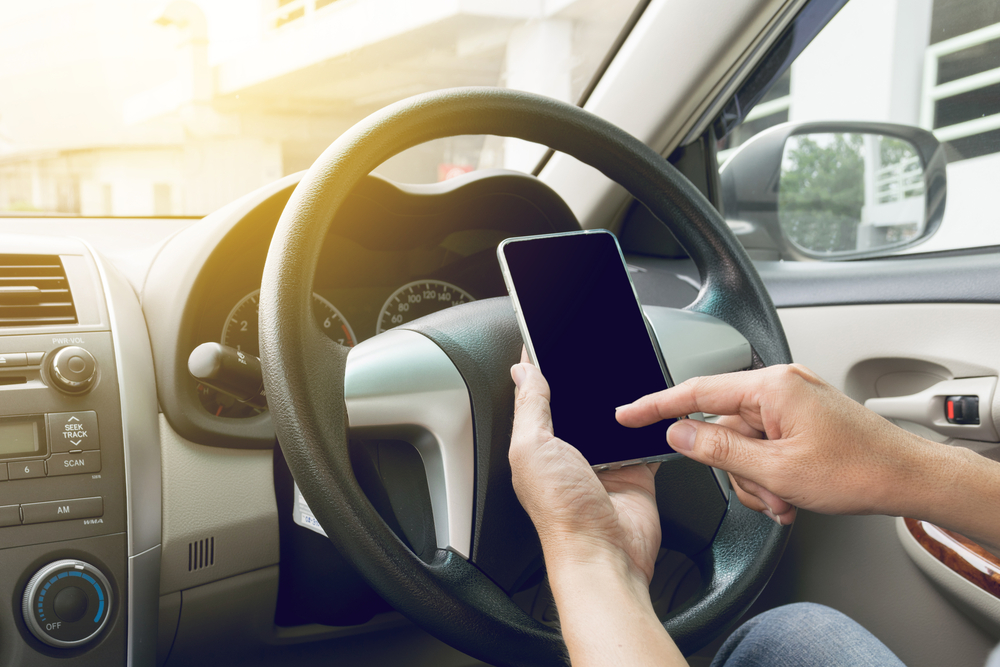
Soham Dharmadhikary, Vishnu Paranandi and Rakesh Ravi are not your average high school seniors. While most students their age spend what little free time senior year offers enjoying time with friends, these three are engaged in another sort of activity: creating their own smart phone application. AutoCorrect, the trio’s soon-to-be-released app, is designed to promote safe driving among teenagers and adults by offering rewards to those who do not drive distracted.
The development process has not been easy for the group, whose team members live across the globe. Dharmadhikary permanently resides in India, while Paranandi and Ravi live a bit closer in proximity to one another, coming from Ohio and Pennsylvania respectively. These three app developers met in 2016 while attending a summer workshop at the University of Pennsylvania’s Management and Technology Summer Institute.
“We were more or less randomly put together,” Dharmadhikary said. “I think we were able to communicate and work very well as a team right from the beginning,” he continued. With good chemistry as a team, they decided to start developing AutoCorrect as one of their assignments for the summer intensive. “We [made this app] as our final project for the program,” Paranandi explained. He continued, “We were supposed to come up with a business idea that involved technology.” While everyone in the group felt passionate about creating something to target distracted driving, there was one thing they couldn’t agree on: the name.
“The name was a happy accident,” according to Paranandi. While asking other program participants if they had any ideas, Paranandi explained that “One guy [suggested we name the project] ‘AutoCorrect’ because you are correcting people’s behavior in the car… auto correction.”
However, AutoCorrect is more than just a smart phone app—there is a hardware component to the application. The app will be used in conjunction with a dashboard mount to track how many miles drivers are safely operating the vehicle distraction free. When the smartphone app is open and placed in the mount while the car is in motion, it automatically tracks how many miles the operator drives. “It is intended to almost be like a charging station that helps people control themselves from getting distracted,” Dharmadhikary explained. The app however, is not completely restrictive. Paranandi stated that the application will still allow the user to use hands free calling and a GPS system, but will not allow someone to answer text messages, check emails, or look at other apps while the car is in motion.
But what makes this app stand out from other similar products on the market? It is based on a reward system to provide incentives for safe driving. Users will gain points for the number of miles that they drive safely and will then be able to redeem those points for rewards provided by businesses who partner with AutoCorrect. While this app can be used by any age, the AutoCorrect team devised the point system to incentivize teenagers who, under normal circumstances, would not be attracted to an app like this. “Anyone can use the product, but we are trying to target teenagers specifically, because they tend to be the ones who are most often in distracted driving accidents. If we can make using the app more worthwhile for them, we believe it will be a more rewarding experience,” Dharmadhikary explained. He continued, “Ultimately, I think everyone knows the dangers of distracted driving. Our goal is just to give them that extra bit of help in ensuring they can remember them.”
“At the end of the day, if AutoCorrect can even save one life or prevent one crash from distracted driving, then it is serving its use as our focus is really trying to attack this problem that is plaguing our society,” Ravi said. While the AutoCorrect team has a finished prototype of the application ready, it has not yet been released on the market. Be on the lookout for AutoCorrect to hit the app store sometimes during the summer of 2017.



